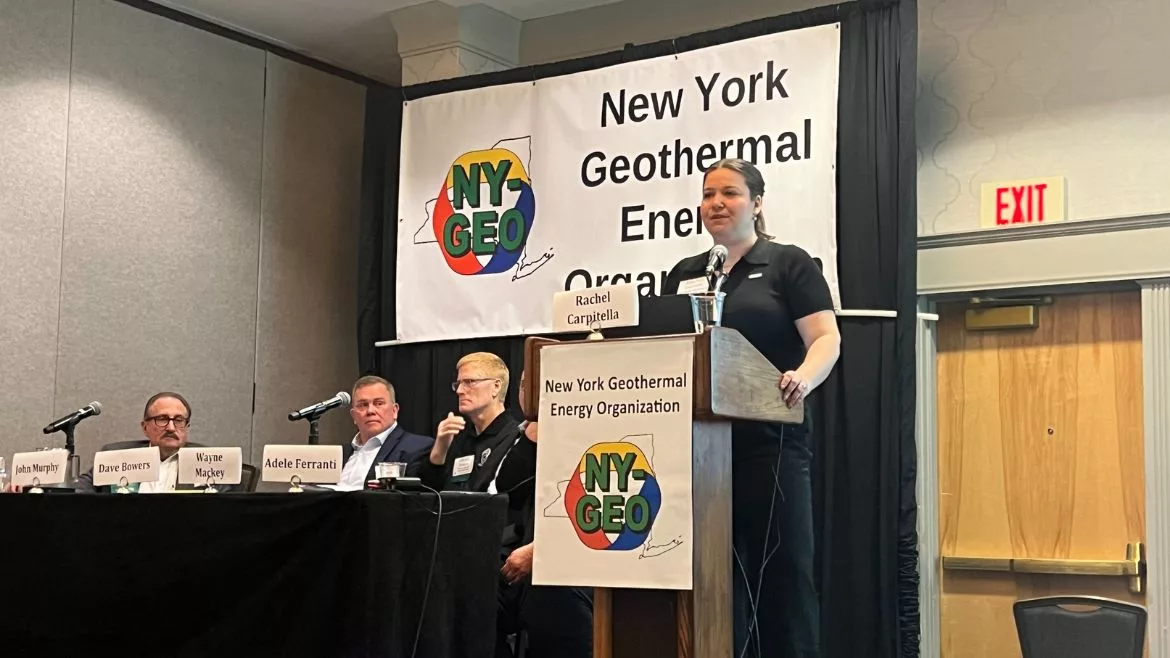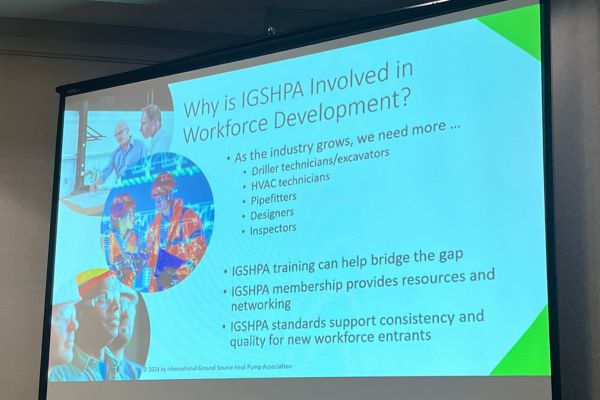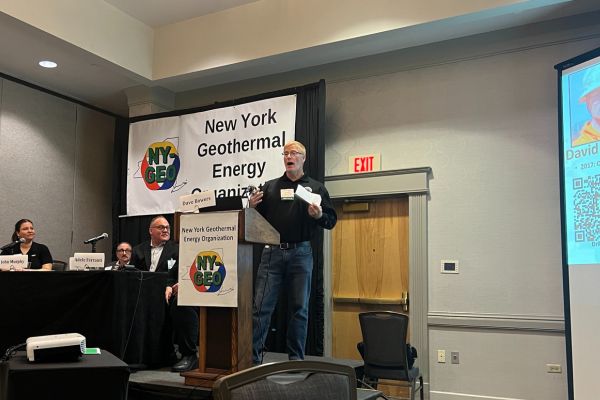NY-GEO
Getting Serious About Workforce Development
Discover how industry leaders are revolutionizing clean energy workforce development.

At the heart of Albany, the NY-GEO 2024 conference unfolded with a pivotal focus on the burgeoning need for workforce development within the clean energy sector.
The session, moderated by Rachel Carpitella, a program director with Sustainable Westchester, brought together a diverse panel of experts, labor unions, and industry leaders to discuss the future of clean energy workforce development, particularly in geothermal training.
Jack DiEnna, representing the International Ground Source Heat Pump Association (IGSHPA), emphasized the critical role of training and certification in fostering a skilled workforce for the geothermal industry.

"We are at the center for training and standards for this industry and have been for about 35 to 40 years," Dean stated, highlighting the industry's commitment to developing a robust workforce.
The discussion also delved into the importance of Project Labor Agreements (PLAs) and union collaboration in leveraging Department of Energy funds for green energy training.
John Murphy from the United Association of Plumbers, Pipefitters, Sprinkler Fitters, and Lisa Dix from the Building Decarbonization Coalition discussed labor provisions and the significant impact of prevailing wage on community benefits and environmental impact.
A standout moment came from Wayne Mackey of Laborers' Local 17, who shared insights into laborers' training in solar and hazardous waste, underscoring the collective effort to prepare workers for green energy projects.
"We're concentrating on people. We can go to communities that are distressed and prioritize populations for that," Mackey remarked, pointing to the inclusive approach toward workforce development.

The session also highlighted the role of NYSERDA in supporting training programs, including the Climate Justice Fellowship, and the need for large-scale workforce training to meet the future demand for clean energy workers.
Adele Ferranti, Director of Workforce Development and Training at NYSERDA, emphasized, "We need to figure out how we're going to support the 180,000 or so clean energy workers we're going to need by 2030."
As the session progressed, the dialogue underscored the necessity of engaging everyone with the clean energy economy, especially those facing barriers to training and employment.
Jack DiEnna’s call to action encapsulated the collaborative spirit of the session: "Remember, this is us. So we will try to be a clearinghouse for projects like that. But once again, you're going to know about it before anyone else."
NY-GEO 2024 in Albany not only served as a platform for discussing the future of clean energy workforce development but also as a beacon of hope for a sustainable and equitable energy transition.
Through collaboration, innovation, and a commitment to inclusivity, sessions like these laid the groundwork for a brighter, greener future.
Looking for a reprint of this article?
From high-res PDFs to custom plaques, order your copy today!





